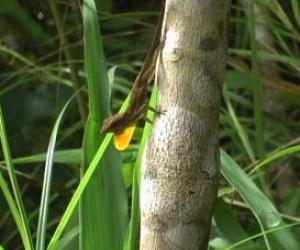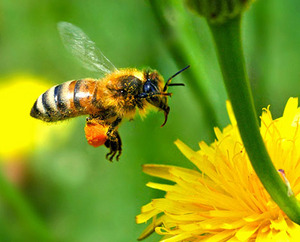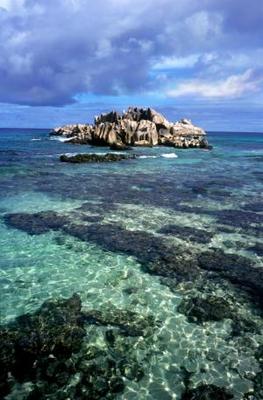
|
| ©Terry J. Ord/Harvard University and University of California, Davis |
| Anolis opalinus: The opal-bellied anole was observed in the Blue Mountains, north of Kingston, Jamaica. |
Like the ageless fitness guru, the lizards greet each new day with vigorous push-ups. That's according to a new study showing that male Anolis lizards engage in impressive displays of reptilian strength -- push-ups, head bobs, and threatening extension of a colorful neck flap called a dewlap -- to defend their territory at dawn and dusk.
The lizards are the first animals known to mark dawn and dusk through visual displays, rather than the much better known chirping, tweeting, and other sounding off by birds, frogs, geckos, and primates.
Terry J. Ord, a postdoctoral researcher at Harvard University's Museum of Comparative Zoology and at the University of California, Davis, describes the Anolis lizards' unusual morning ritual in a forthcoming issue of the journal American Naturalist.
"Anoles are highly visual species, so in that sense it's not surprising that they would use visual displays to mark territory," Ord says. "Still, the finding is surprising because these are the first animals known to use non-acoustic signaling at dawn and dusk."







